Davor Cuk
Anyone who has been to Croatia as a tourist, and especially to Dubrovnik, cannot fail to note the wide use of light coloured limestone everywhere, all over the city, be it in pavings, the cobbled streets, the facades of palaces and just about any building. It is Croatian limestone, a stone that is relatively unknown in the stone industry but actually has a lot of history behind it. For example, as far back as some hundreds years ago the limestone known as Veselje, from the island of Brac, was used for making the white columns of the White House in Washington DC. The city of Venice was built with the limestone from the región of Istria (Pietra di Orsera), the quarry of which is still operating.
Veselj Unito limestone:
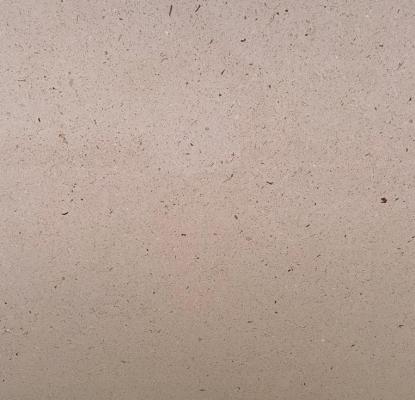
What makes Croatian limestone stand out from most other limestones and makes it special is that it does not need any further treatment- no resins, no use of nets, no fillings. It is a very compact material. The range of colour is also very interesting: yellow, cream, beige, uniform, not much of color veins etc. , transformation from the block to the final product not being difficult - all these factors make it an attractive material.
What is the current situation of the stone and the industry behind it ? This article aims to provide an update of this popular limestone as of August of 2023.
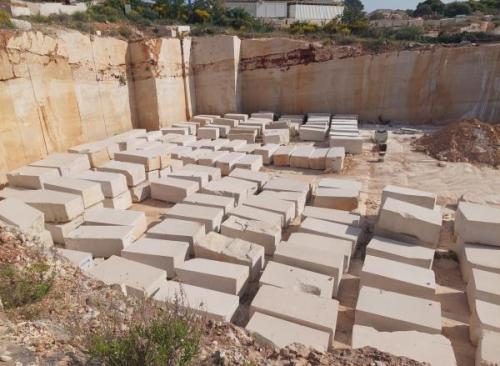
QUARRIES
The quarries are located in the belt along the Adriatic coast and also in the islands closeby. There are around 35 quarries which are currently active. Most quarries, however, give very small production and there are only about 5/6quarries which produce decent amount of blocks and on regular basis.
During the Communist régime quarries in private hands was not allowed. It used to take about 8 to 10 years in the early 90´s to open a quarry. Now the time period is reduced to 2 years. There are also possibilities of new quarries opening.
VARIETIES
There are about 20 types of Croatian limestone of which only about half are exported. The rest are used for local market.Using industry parlance, only about 15% of the material quarried is considered first choice, about 40% comes under the category “commercial choice”. The rest is mostly not regular sized blocks.
Istrian Yellow limestone:
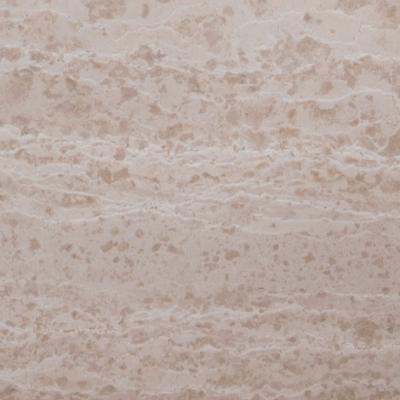
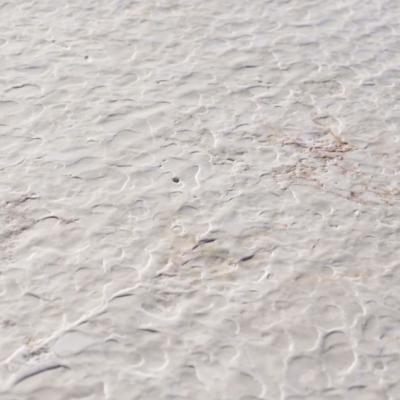
The colour of Croatian limestone can be slightly of yellow beige, light yellow and light cream. With literally thousands of stones in the market, there are bound to be some stones which are similar to Croatian limestone. In this case Botticino Semiclasico, Crema Marfil, Moca Cream, Crema Europa, Perlato Sicilia... they all come close. Similar material is also to be found in Montenegro, Albania and Turkey ,after all geologically speaking they all form part of the same belt.
Marčana limestone:
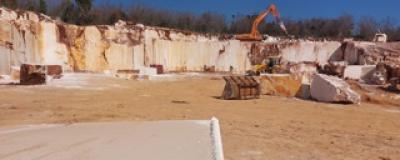
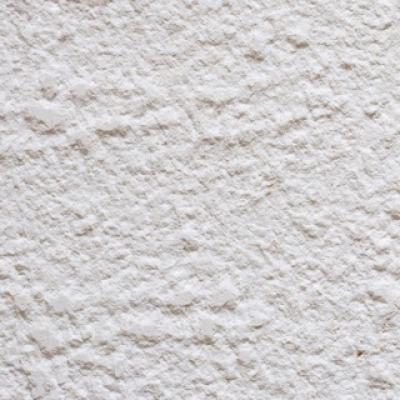
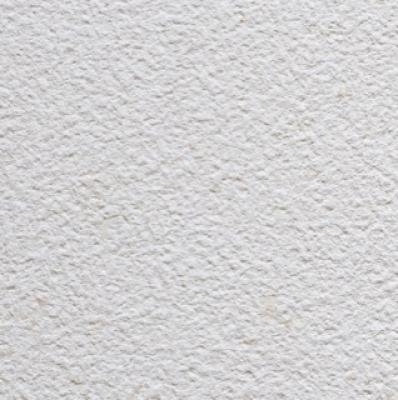
Valtura limestone:
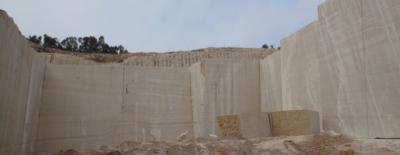
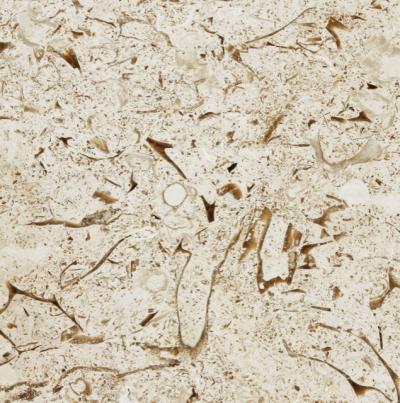
PROCESSING
Processing of the limestone within Croatia is done by around 5 companies, and there are also many other companies which do the cutting with monoblades and bridge cutters. The processing units were previously state owned under the Communist régime and were then all privatised after 1991.
Within Croatia there are around 500 small stonemasons working with local and imported stone. In the continental part of Croatia there a lot of granite in regular use, mostly for the monumental and regular construction purpose.The fact that the limestone does not need any treatment because it is a very compact material also means that its price is very competitive in the international markets.
FINISHES
The limestone admits several finishes, polished and honed, for example, but it is the bush hammered finish that is the most popular and also the split finish.
APPLICATIONS
Croatian limestone is used widely in facades and also in interiors in private homes.
MARKETS
The local market absorbs more than 60% of the production. Regarding exports the limestone is sold to Italy as blocks where it is processed and then sold to other countries. In recent years China and India have also emerged as markets for blocks. Demand, however, continues to outstrip supply.
Conclusión: The production of Croatian limestone is constantly growing.The proximity of Croatia with Italy has helped to upgrade the standards and the quality of the products to Europan and Worldwide standards. A bright future lies ahead.
